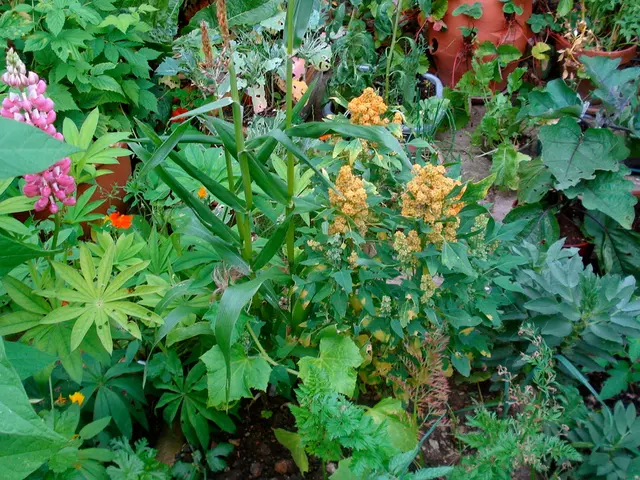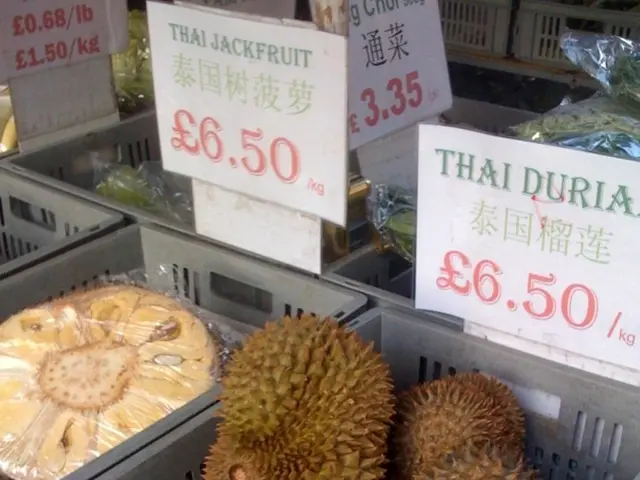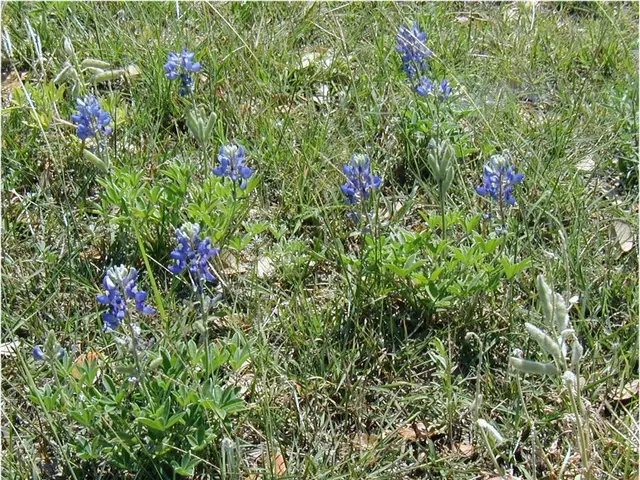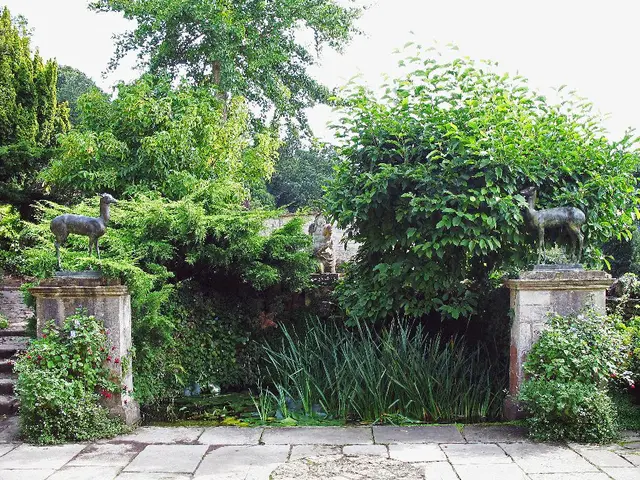The Optimal Time for Pruning Crape Myrtles: When Should You Draw the Line?
Timing is crucial when dealing with trimming a crepe myrtle. So, when does it become too late to prune crepe myrtles in order to enjoy blossoms during the summer? Apart from avoiding the removal of next year's flowers, your pruning objectives should be to foster strong growth and maintain the tree's natural shape. Below are some insights into the appropriate time for pruning your crepe myrtle to accomplish these goals.
1. Prune crepe myrtles in the late winter.
Crepe myrtles blossom on new growth, which means the best moment to trim these trees is during the late winter. After the winter months, but before new growth appears, is typically the ideal time to prune a crepe myrtle. In regions with early springs, you might need to prune as early as February. Pruning before the emergence of new growth encourages the plant to prioritize flower development rather than branch growth.
Crepe myrtles don't necessitate yearly pruning. Simply remove suckers and dying branches as needed, and limit pruning to an as-required basis.
2. Avoid pruning in the spring.
Once spring begins, it's too late to prune crepe myrtles without risking the removal of this year's flowers. If you choose to prune in the spring and eliminate new growth, the tree's health won't be harmed. However, the bloom quantity might be reduced depending on the extent of the pruning. Light trimming in the spring is acceptable, and flowers will still bloom on the uncut branches.
3. Skip pruning in summer or fall.
Pruning crepe myrtles during the summer or fall can put stress on the tree. It's already dealing with heat and potential dehydration, so don't add additional stress by pruning. Crepe myrtles will not generate new growth during the extreme summer heat or in the fall while they recover from summer's effects. Pruning in the fall can also cause the tree to produce new growth at the wrong time.
4. Be gentle with your cuts.
Crepe myrtles don't require significant pruning to remain healthy. Pruning at the right time can boost bloom production, but these trees will flourish without the assistance of your pruning shears. When you do prune, use a light touch.
Trim off any dead or dying branches or branches that are crossing one another. Your objective is to create a clear path for air and sunlight to reach the center of the tree. Never remove more than 25 percent of the tree in a single pruning session. Overpruning can delay blooming and put additional stress on the tree, making it more susceptible to plant diseases.
5. Never completely remove the top.
Under no circumstances is it appropriate to severely cut back your crepe myrtle. This unfortunate practice is known as "crepe murder" because it can ruin the tree. You've probably seen these disheartening crepe myrtles, where well-meaning but misguided individuals have chopped off the upper third or more of the canopy.
Not only does this drastic pruning make the tree an eyesore, but the severe cutting can lead to the development of diseases and decay within the wood. Overpruning also stresses the tree and increases its vulnerability to other issues like drought or insect pests.
- For optimal care, follow the advice provided by experts at BHG and prune your crepe myrtles, along with trees and shrubs like vines, during the late winter period.
- Spring is not the ideal time for pruning trees, shrubs, or shrub vines like crepe myrtles, as it might result in the removal of this year's flowers and reduce bloom quantity.







